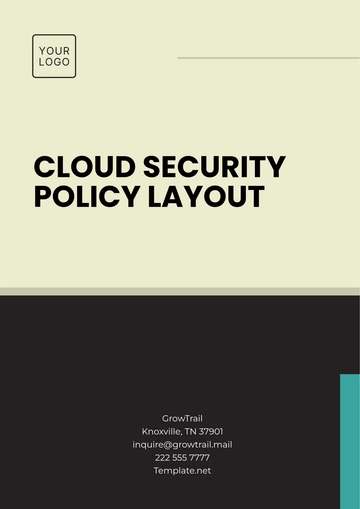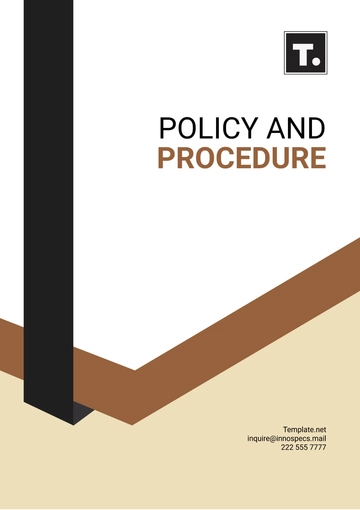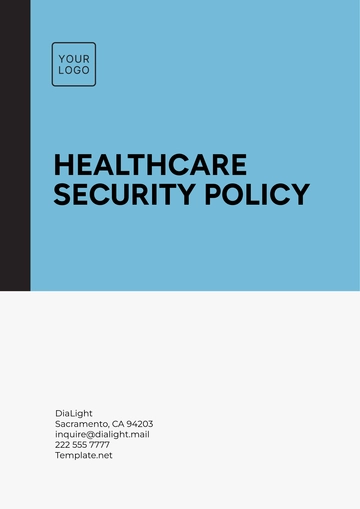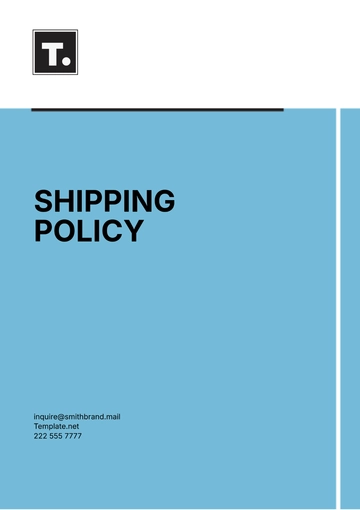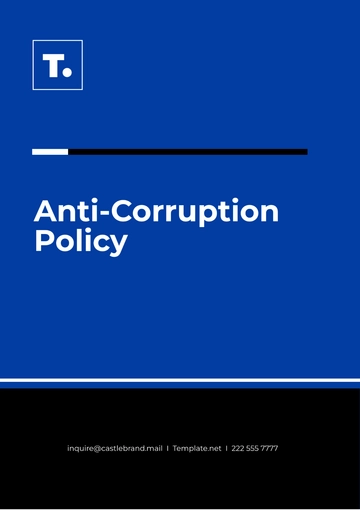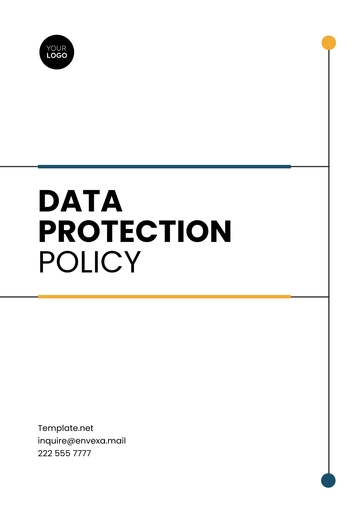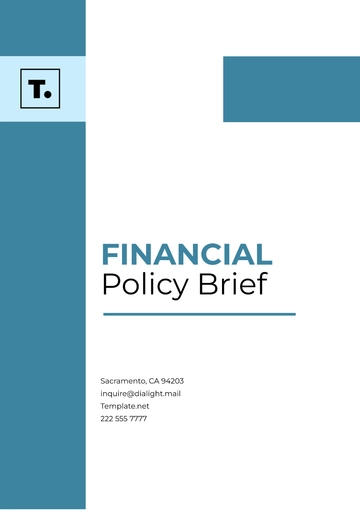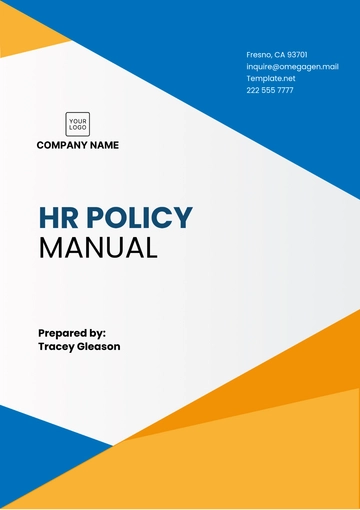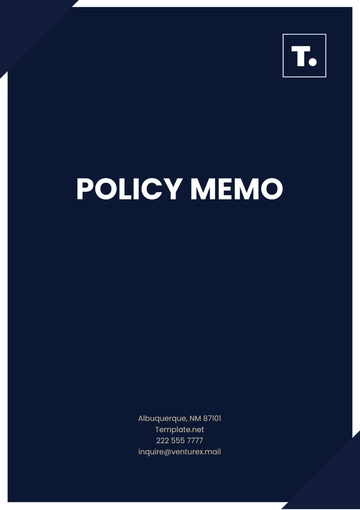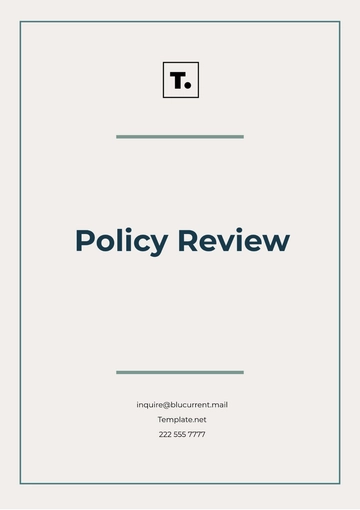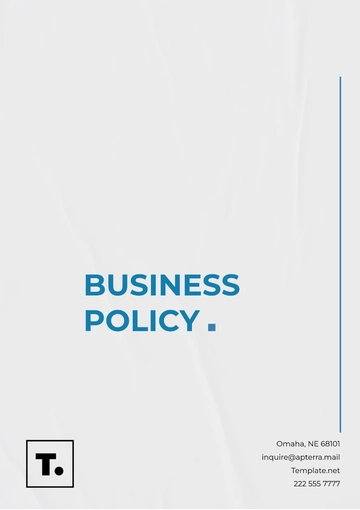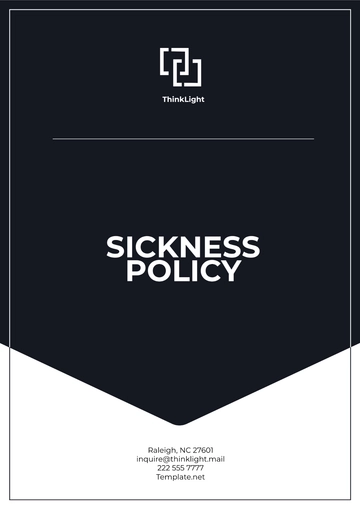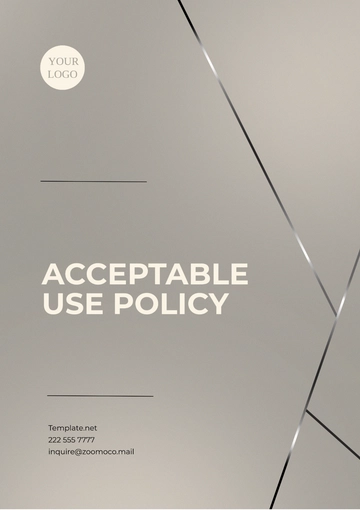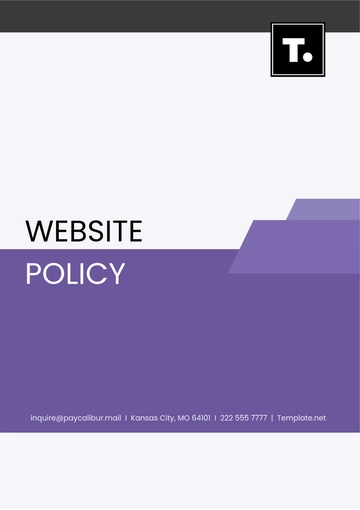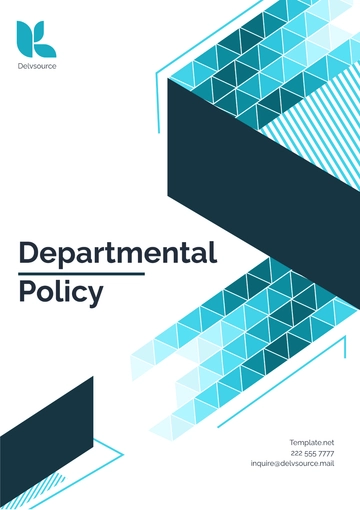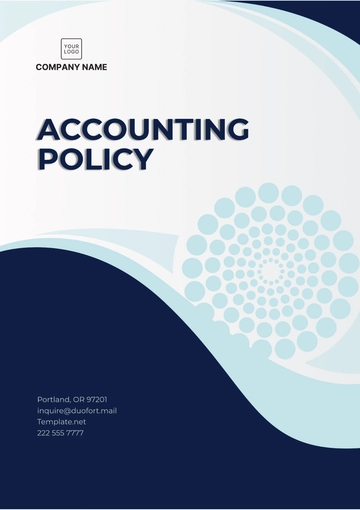School Discipline Policy Outline
I. Introduction
Purpose of the Policy: State the purpose of the discipline policy, which is to promote a safe, respectful, and conducive learning environment for all students.
Vision and Values: Outline the core values that the school upholds regarding behavior and discipline (e.g., respect, responsibility, integrity, accountability).
II. Guiding Principles
Fairness and Consistency: Discipline will be applied consistently, fairly, and equitably across all students.
Respect for Rights and Dignity: Students have the right to a safe environment free from harassment, bullying, and discrimination.
Restorative Practices: Whenever possible, discipline will be restorative, focusing on repairing harm and promoting positive behavior.
Collaborative Approach: Involve parents, teachers, and the student in resolving disciplinary issues.
III. Code of Conduct
Expected Behavior:
Clearly define acceptable behaviors for students, both inside and outside of the classroom. This includes, but is not limited to:
Respect for teachers, staff, and peers.
Adherence to school rules and regulations.
Respect for property and the school environment.
Proper conduct on school grounds and in the community.
Prohibited Behavior:
Specify unacceptable behaviors that will lead to disciplinary actions, such as:
IV. Disciplinary Procedures
Verbal Warnings: Minor infractions will first result in a verbal warning by the teacher or staff member.
Detention: For repeated or more serious offenses, a detention may be issued.
Parent/Guardian Notification: For significant behavior issues, parents or guardians will be notified.
Behavioral Contracts: In cases of persistent behavioral problems, a contract may be developed to outline expectations and consequences.
In-School Suspension: Students may be temporarily removed from their regular classes but remain within the school premises.
Out-of-School Suspension: In severe cases, students may be suspended from school for a defined period.
Expulsion: For extreme offenses or repeat violations, expulsion may be considered, following proper procedures.
V. Restorative Practices and Interventions
Mediation: Provide a structured process where students can engage in conflict resolution with the guidance of a staff member.
Behavioral Support: Identify students who may need additional support (e.g., counseling, mentorship, behavioral plans).
Positive Reinforcement: Recognize and reward positive behavior to encourage a positive school culture.
VI. Roles and Responsibilities
Students: Expected to follow the code of conduct, respect others, and contribute to a positive school environment.
Teachers: Responsible for monitoring student behavior in the classroom, providing guidance, and implementing the discipline policy.
Parents/Guardians: Support the school’s discipline policy and work with staff to address behavioral concerns.
School Administration: Enforce the discipline policy fairly and consistently, manage serious disciplinary issues, and communicate with all stakeholders.
Support Staff: Counselors and behavior specialists to support students in meeting behavioral expectations.
VII. Consequences and Accountability
Proportionality: The severity of the consequences should be proportionate to the nature of the behavior.
Due Process: Students will be provided with due process in cases of serious disciplinary actions (e.g., suspensions or expulsions), including the right to be heard.
Appeals Process: Outline the process through which students and their families can appeal disciplinary decisions.
VIII. Preventative Measures
School-Wide Programs: Develop programs to promote social-emotional learning, conflict resolution, and character development.
Teacher Training: Provide ongoing professional development for staff to manage classroom behavior and understand restorative practices.
Student Engagement: Offer opportunities for students to participate in school governance, peer mentoring, and leadership.
IX. Review and Evaluation
Policy Review: Regularly review and update the discipline policy to ensure its effectiveness and relevance.
Feedback Mechanism: Allow students, staff, and parents to provide feedback on the discipline policy and suggest improvements.
X. Conclusion
Policy Templates @ Template.net


